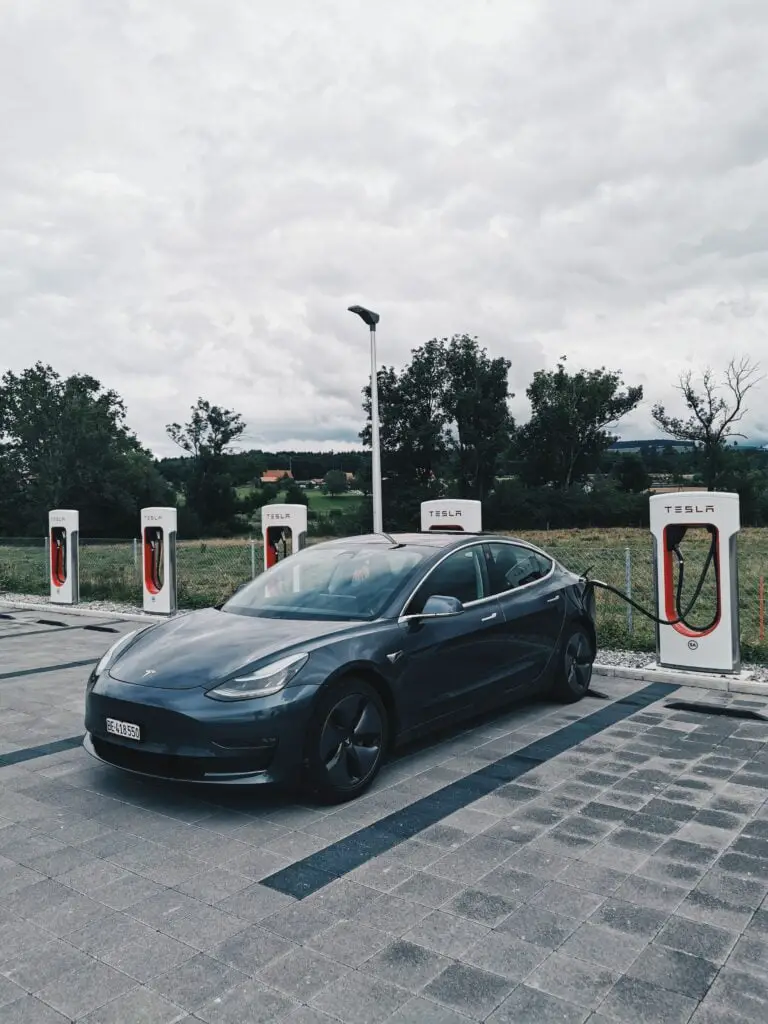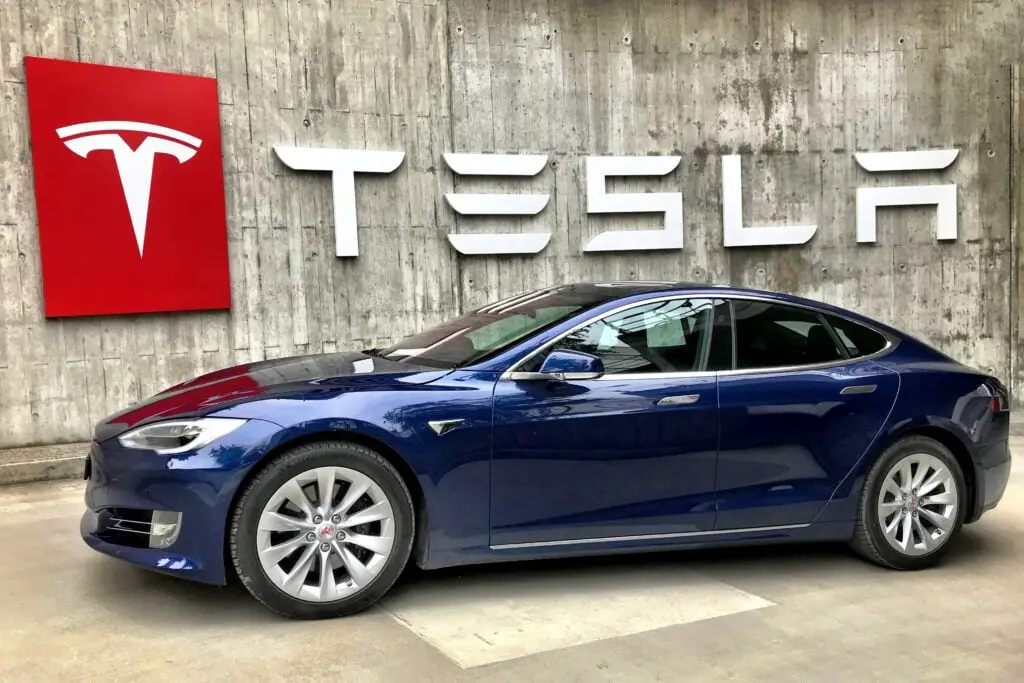Is Tesla a vertical integration? Tesla is an excellent example of vertical integration. Tesla’s vertical integration strategy has helped the company to be more efficient compared to other automakers. The company has succeeded in making most of the needed components for the manufacture of its cars. It has its own stores where the cars are sold and even its own charging stations and service centers; this shows Tesla is vertically integrated both forward and backward. It has succeeded in acquiring many of the steps in its supply chain that Elon Musk called these steps as “chains of startups“.
What is vertical integration?
Vertical integration is a business strategy that companies use to take over control of their supply chain. To achieve complete vertical integration, a business tries to source raw materials by itself, manufacture the goods or services, and transport and distribute them to its customers all by itself. In reality, it is almost impossible or very difficult to achieve this 100%. In real life, most businesses tend to apply vertical integration in the areas of the business that will increase their profit margins, improve their efficiency and prevent unforeseen disruptions of business activities that may arise as a result of inconsistency from a contractor or supplier.
Related: Telstra’s Vertical Integration Strategies
How does Tesla use vertical integration?
Tesla’s vertical integration strategy involves controlling most of the steps of its supply chain, from sourcing raw materials to final assembly and selling directly to consumers. This gives Tesla good control over the quality, cost, and timeliness of its production processes. For example, instead of giving a contract to another company to manufacture the car batteries used in Tesla cars, Tesla manufactures these batteries by itself.
Tesla vertical integration examples
- Battery Production
- Electric Motor Manufacturing
- Vehicle Assembly
- Power Electronics
- Solar power generation
- Software and Firmware
- Supercharger Network
- Sales and Distribution through Tesla stores
Supercharger Networks

An example of Tesla’s vertical integration network is its superchargers. The company as of 2023 owns and operates more than 45,000 superchargers in the world. These superchargers can charge an electric car within 15 minutes and the car can go 200 miles to 405 miles (or 321.869 Km to 651.784 Km) before recharging, depending on the model. Tesla’s vertical integration example is a very good strategy and also successful because other electric car users can recharge from these superchargers as well, which is an additional source of revenue for Tesla.
Other vertical integration examples applied by Tesla into its manufacturing process are briefly described in the table below.
A table showing Tesla’s vertical integration strategies
| Area of Supply Chain | Description |
|---|---|
| Battery Production | Tesla vertically integrates the production of battery cells, modules, and packs through its Gigafactory facilities. This includes sourcing raw materials, cell manufacturing, and assembly of battery packs. |
| Electric Motor Manufacturing | Tesla manufactures its electric motors in-house. This includes the production of stators, rotors, and other motor components. |
| Vehicle Assembly | Tesla performs vehicle assembly at its own factories, such as the Fremont Factory in California and Gigafactories in other locations. This involves the integration of various components and subsystems to build complete vehicles. |
| Power Electronics | Tesla designs and manufactures power electronics components, including inverters, onboard chargers, and other control systems used in their vehicles. |
| Software and Firmware | Tesla develops and maintains its own software and firmware for vehicle systems, including the Autopilot feature (self driving software) and over-the-air updates. This allows them to control and optimize the performance of their vehicles. |
| Supercharger Network | Tesla operates and expands its own Supercharger network, which provides high-speed charging infrastructure for its electric vehicles. This includes the installation, maintenance, and management of Supercharger stations. |
| Sales and Distribution | While not strictly a part of the supply chain, Tesla adopts a vertically integrated approach to sales and distribution by selling vehicles directly to customers through its own stores and website. This allows them to have more control over the customer experience. |
What components are not vertically integrated by Tesla?
Tesla outsources its glass production, tires, and some electric components.
Tesla’s vertical integration benefits
- Tesla’s vertical integration strategy helps reduce the costs of production.
- Vertical integration has also been shown to improve efficiency and innovation in each stage of the value chain. For example, the acquisition of SolarCity enabled Tesla to integrate energy storage solutions with rooftop solar panels. As a result, customers can enjoy an end-to-end solution for sustainable energy consumption at home or on the go without relying on external providers or middlemen.
- Tesla’s vertical integration strategy provides flexibility that helps the company to quickly change when something is not working, or to improve and innovate with new technologies. For example, Tesla was able to create new technologies such as self-driving capabilities or electric semi-trucks more quickly compared to other electric car manufacturers because Tesla doesn’t depend on third-party suppliers who may not share its sense of urgency towards innovation.
- Supply chain disruptions in the automotive industry brought about by a global shortage of chip has affected so many auto manufacturers, but Tesla’s vertically integrated strategy has really been beneficial to it in this regard and also gives it a competitive advantage over its competitors regarding this supply chain problem. Elon Musk said the company was able to rewrite its software and found alternatives to the chips. While some auto manufacturers halted production, Tesla was able to continue production because of its vertical integration strategy.

Related: Nike’s Supply Chain Issues and Management
Tesla’s vertical integration disadvantages
- It takes time to set up Gigafactories
- The initial cost to set up each unit is extremely costly. It is very expensive and costly to incorporate vertical integration across most of the steps in the supply chain. A simple Tesla home charging station cost about 750 dollars to 1500 dollars. Imagine having these stations across the world and maintaining them. Other vertically integrated steps include the factories, insurance, software, etc. This will cost the company billions of dollars. Therefore, the initial cost of setting up or acquiring a step of the supply chain is expensive.
- Each step that is vertically integrated at Tesla is like a small unit or company that needs extra recruitment and training of staff. This can distract from the main goal of the company.
- Distractions from the main product of the company may arise when Tesla tries to achieve everything by itself. Imagine a car manufacturer is the same to offer insurance for it as well. Well, Tesla vertically integrated its insurance as well.
- Efficiency may be reduced as the company tries to achieve many things at once. Even if 100 percent vertical integration was possible for Tesla, it reduces its profit margin as more money will be spent to ensure that each unit functions optimally.
Is Tesla 80% vertically integrated?
Tesla is 80% vertically integrated and plans to even do more in the future. The company has plans to start mining Lithium and other raw materials needed for the production of the parts needed for manufacturing its cars. It had plans of buying SIGMA, a Brazilian company that specializes in mining lithium.
Has vertical integration strengthened Tesla’s market position?
Tesla’s vertical integration strategy might not have strengthened its market position because its electric vehicle market share has dropped from 72% to 54% since January 2022.
Related: Netflix’s Vertical Integration Strategy
How did vertical integration help Tesla?
The important benefits of vertical integration to Tesla are the greater control over the quality of its products and the flexibility it has to change what is not working for what works because Tesla controls almost all or significantly many of the steps in its supply chain. For example, the chip shortage did not affect Tesla much compared to other automakers who had to halt production of the chip shortage. Tesla was able to continue production because it was able to rewrite its software and make different components all by itself. This cannot be achieved if the software was made by a different company that serves different automakers.
Related:
Last Updated on November 2, 2023 by Nansel Nanzip BongdapNansel is a serial entrepreneur and financial expert with 7+ years as a business analyst. He has a liking for marketing which he regards as an important part of business success.
He lives in Plateau State, Nigeria with his wife, Joyce, and daughter, Anael.
